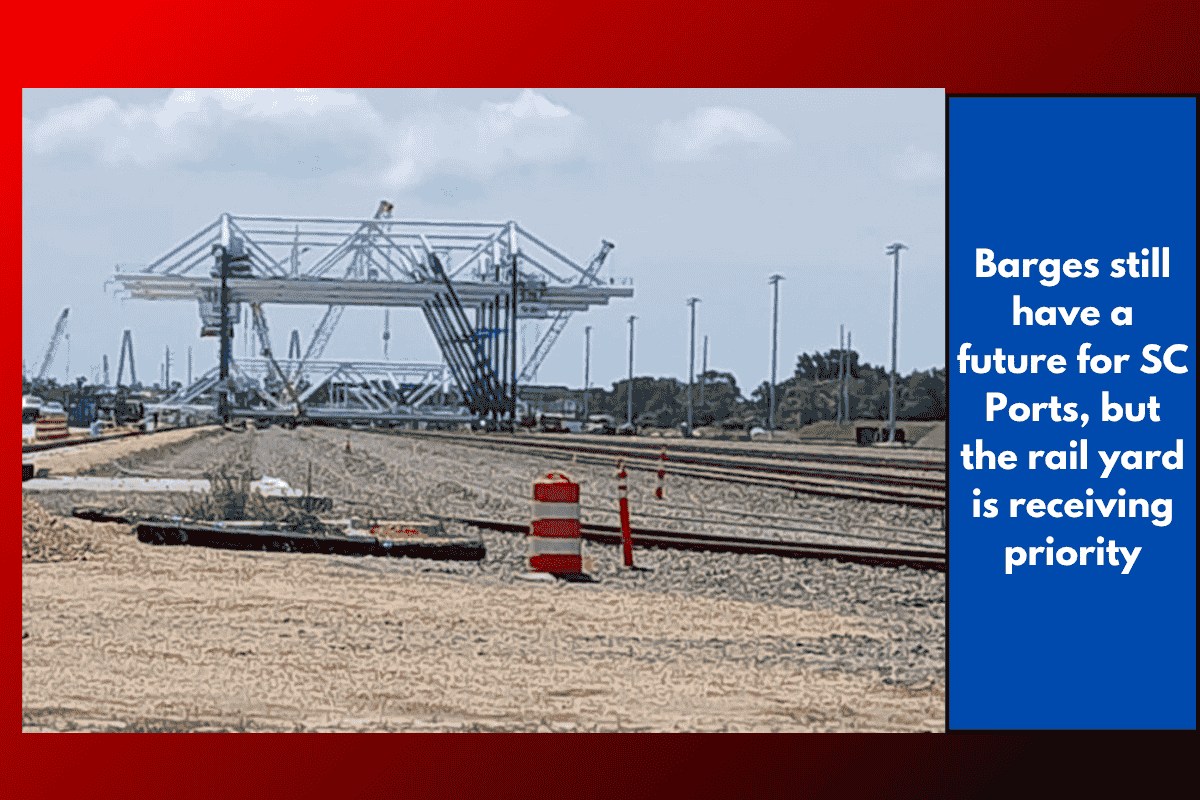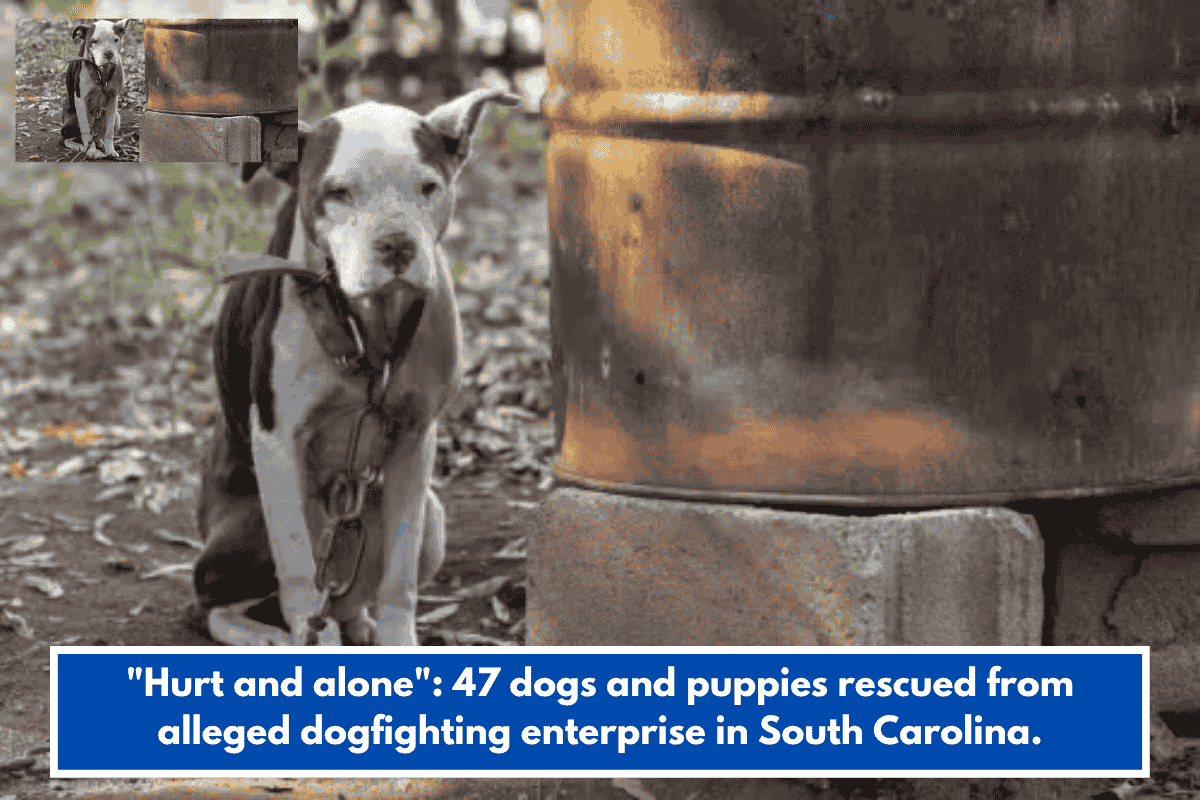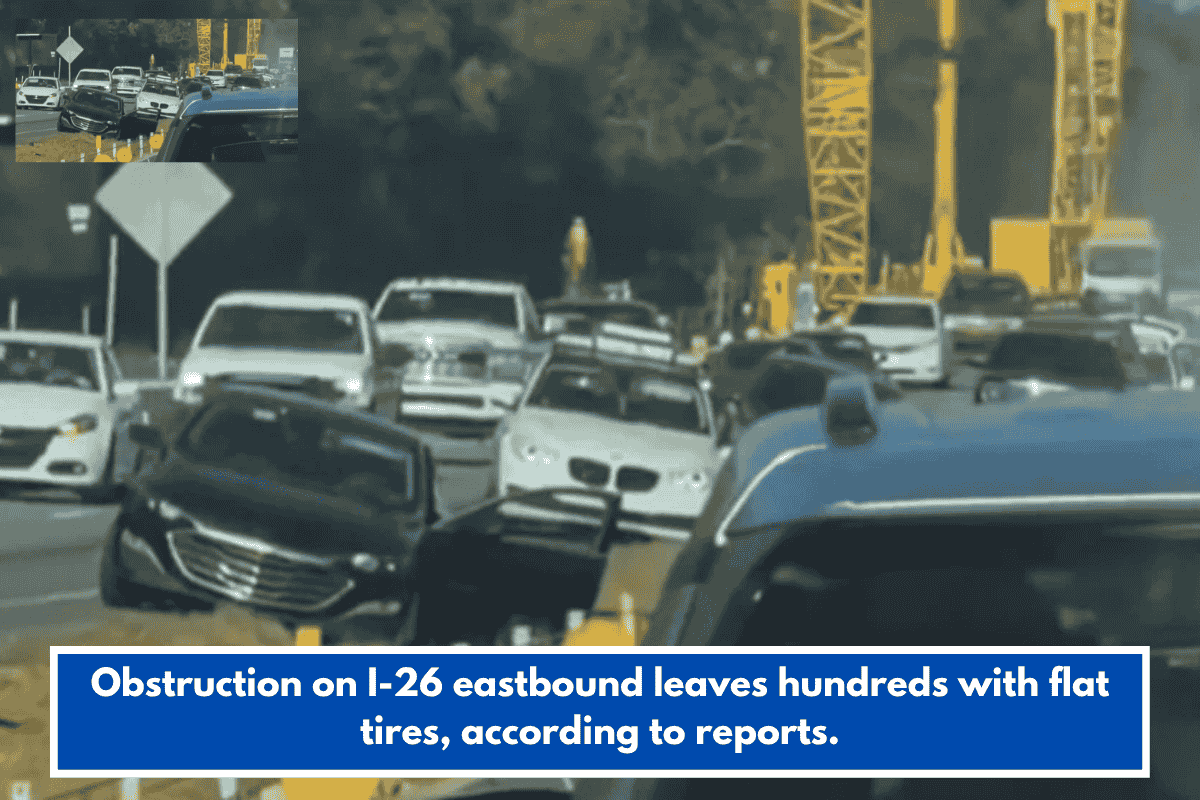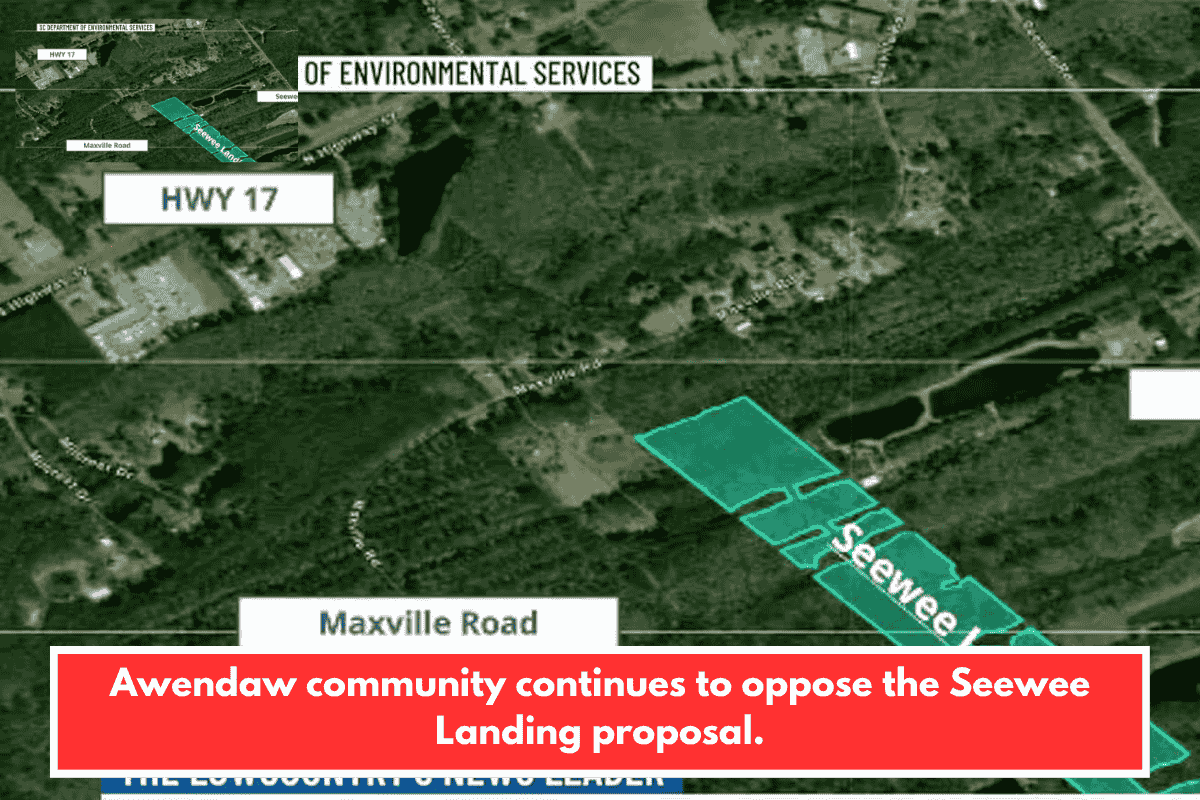Construction delays and skyrocketing costs are slowing down the Port of Charleston’s efforts to expand its capabilities, including the highly anticipated barge system designed to move cargo containers along the Wando and Cooper rivers. While the barge project remains on track, progress has been delayed, primarily due to rising costs and a lengthy permitting process.
Progress on the Navy Base Intermodal Facility
The construction of electric gantry cranes at the Navy Base Intermodal Facility in North Charleston marks a significant step forward for the port’s operations. These cranes, which will move cargo containers between trucks and trains, are crucial to making the Port of Charleston competitive with other major ports that already have near-dock rail capabilities. However, the completion of the rail yard, which is vital for the barge system’s success, has been delayed.
Barbara Melvin, president and CEO of the State Ports Authority (SPA), reassured legislators that the barge project is still alive and essential for the port’s future. “It is not dead. It has not been placed to the side,” Melvin told members of the state’s Joint Bond Review Committee. She emphasized that once the rail yard is fully operational, the barge system, which would move containers between terminals via water, will help alleviate truck traffic in the area and provide a more sustainable transportation option.
Barge Project Faces Financial Hurdles
The cost of the barge project has ballooned from an estimated $150 million to $223 million. While the SPA had hoped to secure federal grant funding, changes in federal priorities between the Biden and Trump administrations hampered those efforts. Now, the SPA is focusing on finding funding through federal sources and its own operations, though it remains uncertain how they will meet the financial gap.
The Legislature had approved $550 million in public funds for the rail and barge projects in 2022, but most of that funding has already been allocated to the Navy Base Intermodal Facility rail yard, leaving limited resources for the barge system.
Rail Yard Delays and Rising Costs
The rail yard, originally budgeted at $349 million, now stands at an estimated cost of $544.7 million, driven largely by inflation and unexpected challenges. These challenges include buried utilities and additional demands from the railroad companies, Norfolk-Southern and CSX Corp, which will handle the movement of cargo containers to and from the rail yard. As a result, the rail yard’s opening has been pushed back from this summer to January 2026, with only the northern entrance expected to be ready at that time. The full facility, including access roads and the southern entrance, won’t be completed until 2027.
Labor Considerations Affect Project Timeline
In addition to these financial and construction setbacks, a new contract between the International Longshoremen’s Association (ILA) and the U.S. Maritime Alliance has added another layer of complexity. The contract includes a mandate for the ILA’s technology committee to review and approve the operating system at new terminals, including the Navy Base Intermodal Facility. The ILA has just begun this review process, and Melvin warned that approval could take until December, potentially delaying the January 2026 opening.
Despite these hurdles, Melvin remains optimistic. “It’s a push, but I’m known for pushing very hard,” she said. The SPA has already begun training Longshoremen to operate the cranes at the rail yard, which is another requirement of the new contract.
Progress, Delays, and a Vision for the Future
Despite the challenges, the Port of Charleston is making strides toward becoming a more competitive and efficient facility. The Navy Base Intermodal Facility and the barge project are critical to reducing truck traffic and offering a more sustainable shipping solution for the Lowcountry. Although the delays and increased costs have pushed back timelines, the SPA remains committed to these projects, recognizing their importance for the future of the region’s economy.









